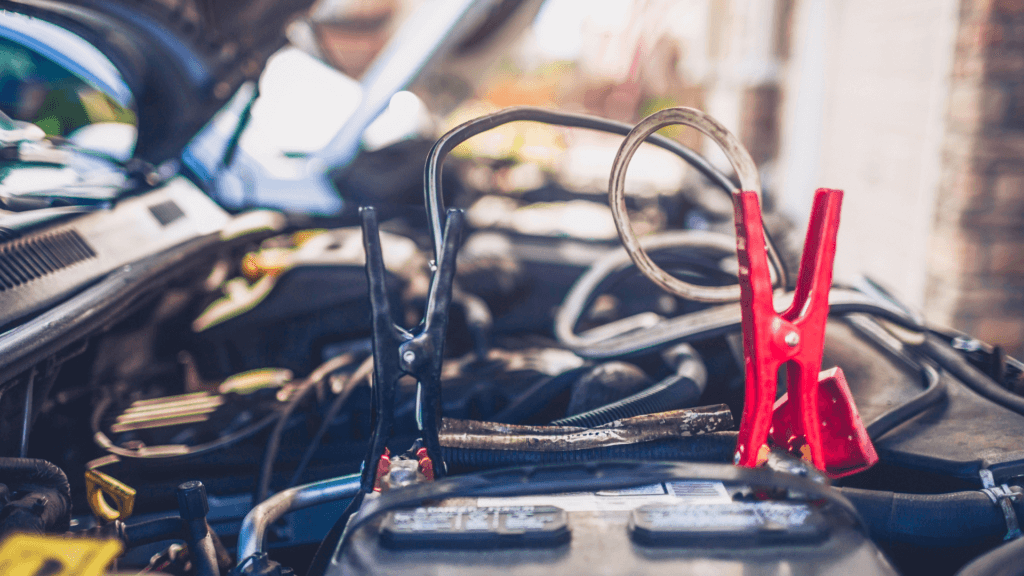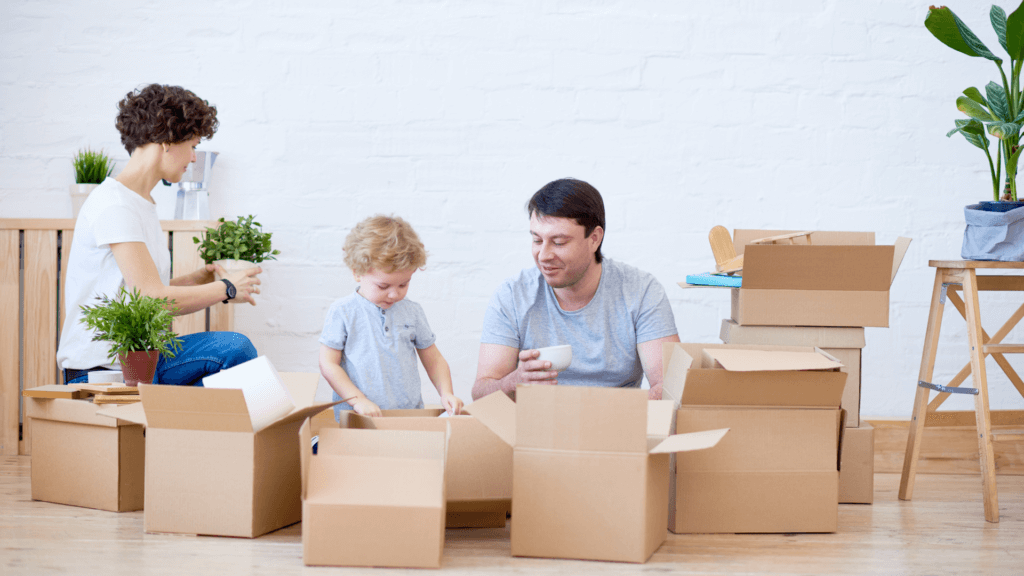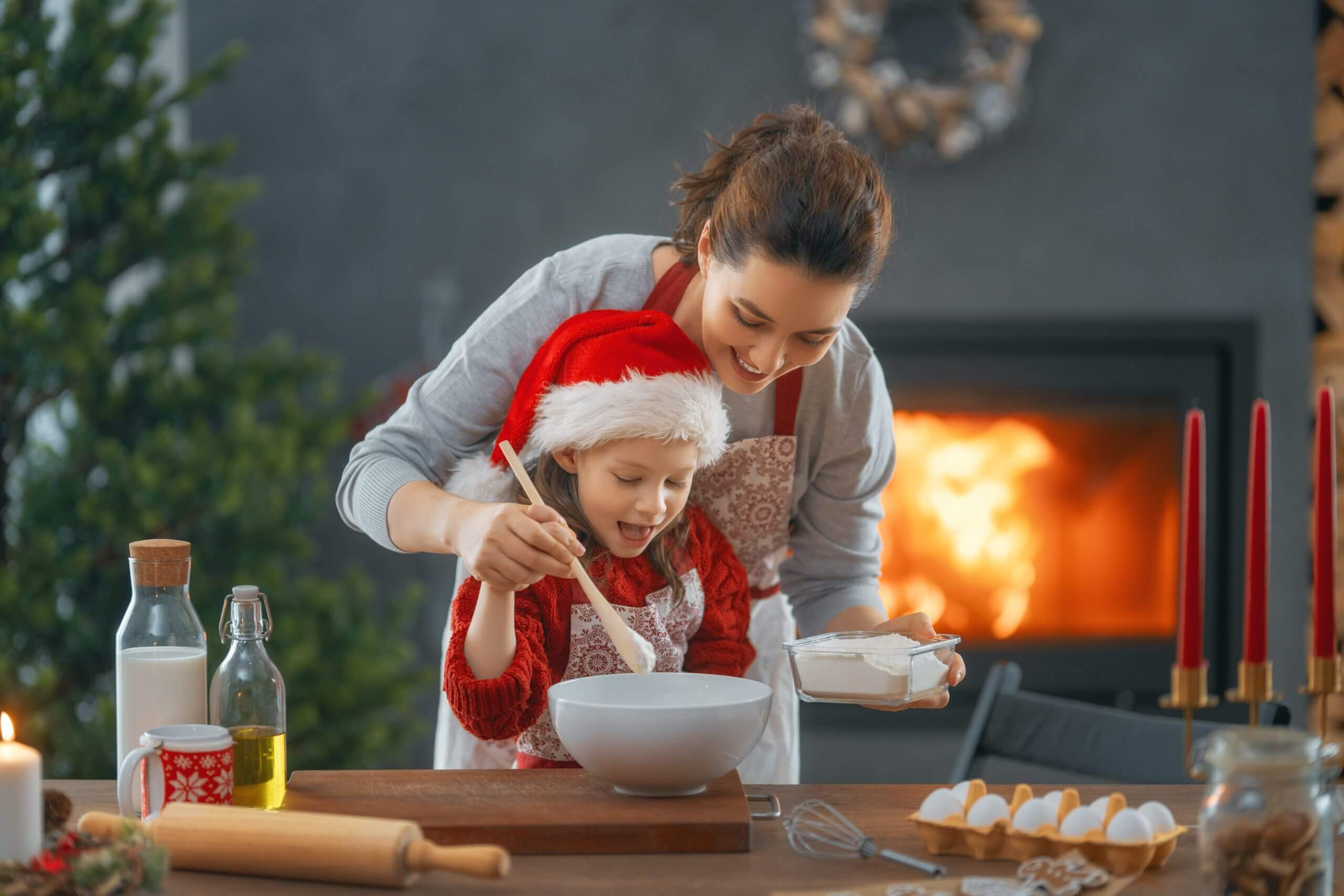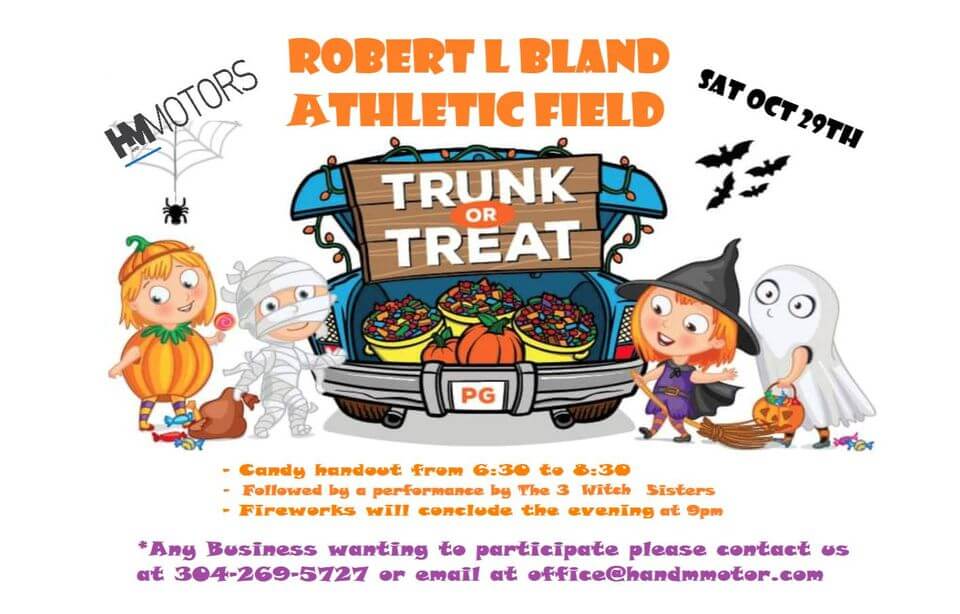What to Do—and NOT Do—When You Hydroplane or Hit Black Ice
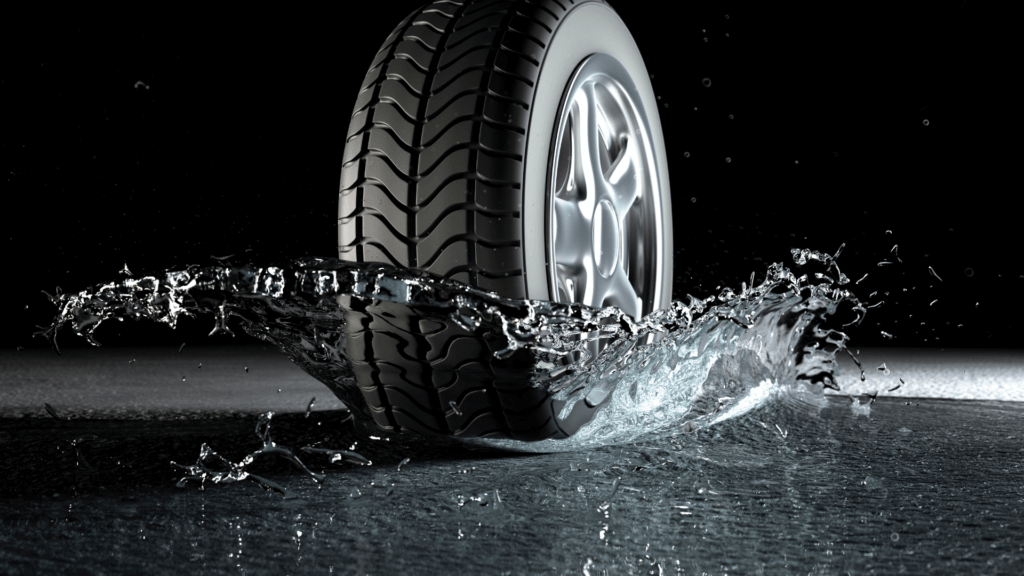
What to Do—and NOT Do—When You Hydroplane or Hit Black Ice
We’ve all been there before—driving along on a wet road, only to suddenly feel our car start to skid. It’s a feeling of panic and helplessness, and it can be hard to know what to do in such a situation. Learning how to respond is vital to making it out of the situation safely. We will explain what black ice is, how you should respond, and give you some tips on driving in icy, wet weather.
What Is Black Ice
Black ice is a thin layer of ice that forms on surfaces like roads and sidewalks. It’s usually clear or very slightly cloudy, making it difficult to see. Black ice can form quickly when the temperature drops suddenly or when rain or melting snow refreezes on a cold surface.
When driving, be on the lookout for black ice, especially at night or in shady areas. Slow down if you see it ahead and be cautious of sudden changes in direction or momentum, which could cause you to lose control of your vehicle.
If you’re walking and come across black ice, slow down and take small steps. Wear shoes with good tread to help prevent slipping. And if you do fall, try to relax, and roll with the fall to avoid injury.
What Is Hydroplaning?
When your vehicle hits a puddle of water on the road, it can start to hydroplane. This means that your tires lose contact with the road, and you start to slide. Hydroplaning can happen at speeds as low as 35 mph, so it’s important to be aware of the conditions of the road and to slow down if necessary.
What Are the Dangers of Black Ice and Hydroplaning?
When a vehicle hits black ice or slick puddles, it can suddenly lose traction and slide across the road. This is especially dangerous if the driver is going too fast or does not have enough time to react. Black ice is often hard to see, so it is important to be extra cautious when driving in conditions that could create it.
Hydroplaning occurs when a vehicle’s tires lose contact with the road surface due to water or other liquids. This can cause the vehicle to skid or spin out of control. Hydroplaning is also more likely to occur at high speeds, so it is important to slow down and drive carefully in all wet conditions.
How To Avoid Black Ice and Hydroplaning
When you hit black ice or hydroplane, it can be a scary experience. But there are some things you can do to avoid these dangerous situations.
- First, make sure your tires are properly inflated. This will help give you better traction on the road.
- Second, avoid sudden braking or acceleration. If you do need to brake, do it slowly and gently.
- Third, keep your distance from other vehicles. This way, if they hit black ice or hydroplane, you’ll have time to react.
- Fourth, drive slowly and carefully in areas where black ice is likely to form, such as shady spots or bridges
- Finally, if you do start to hydroplane or slide on black ice, don’t panic! Stay calm and steer in the direction you want to go. Don’t brake suddenly, and don’t turn the wheel too sharply.
Keep Safe Even When the Roads Are Less Than Ideal
Hydroplaning and hitting black ice can be scary experiences, but there are things you can do to stay safe. Remember to slow down when driving in wet conditions and avoid sudden braking or steering if you hit water or black ice. If you do start to hydroplane, ease off the gas pedal and don’t brake until the car slows down. And finally, always keep an eye out for slippery spots on the road so you can avoid them altogether. Want to learn more tips? Contact us today!



